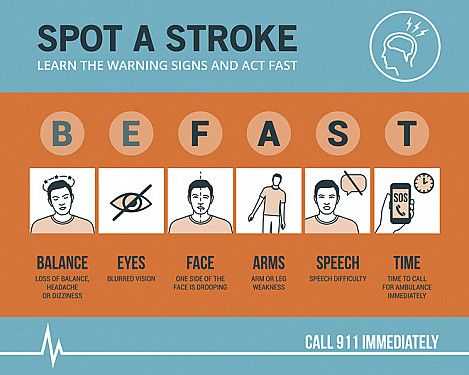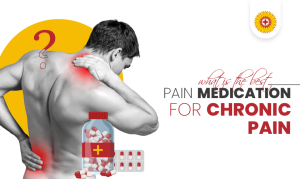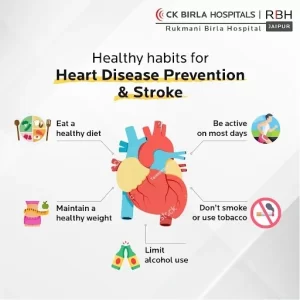
Stroke is a serious medical condition that occurs when blood flow to the brain is interrupted, leading to damage or death of brain cells. It is crucial to recognize the signs of a stroke to seek immediate medical attention and prevent potential long-term disability or even death. In this article, we will discuss the common signs of a stroke and what you should do if you or someone you know is experiencing them.
What is a Stroke?
A stroke occurs when a blood vessel supplying blood to the brain is blocked by a clot (ischemic stroke) or bursts (hemorrhagic stroke). This interruption of blood flow deprives the brain of essential oxygen and nutrients, leading to brain damage within minutes.
Common Signs of a Stroke
It is important to recognize the signs of a stroke using the F.A.S.T. acronym:
Face Drooping:
One side of the face may droop or feel numb. Ask the person to smile to see if their smile is uneven.
Arm Weakness:
One arm may be weak or numb. Ask the person to raise both arms to see if one arm drifts downwards.
Speech Difficulty:
Speech may be slurred or difficult to understand. Ask the person to repeat a simple sentence to check for any speech abnormalities.
Time to Call 911:
If you observe any of these signs, call emergency services immediately. Time is crucial in the treatment of a stroke, and every minute counts.
Additional Signs of a Stroke
In addition to the F.A.S.T. signs, other common symptoms of a stroke include:
Confusion:
The person may experience sudden confusion, difficulty understanding, or problems speaking.
Trouble Seeing:
Blurred or double vision, sudden blindness, or difficulty seeing in one or both eyes.
Dizziness or Loss of Balance:
Sudden dizziness, loss of balance, loss of coordination, or trouble walking.
Severe Headache:
A sudden, severe headache with no known cause could be a sign of a hemorrhagic stroke.
What to Do if You Suspect a Stroke
If you suspect that you or someone you know is having a stroke, it is crucial to act quickly. Follow these steps:
Call 911:
Call emergency services immediately and provide them with all the information you can about the person’s symptoms.
Stay Calm:
Keep the person calm and reassure them help is on the way.
Do Not Drive:
Avoid driving the person to the hospital yourself. Emergency medical services can provide the necessary care en route.
Monitor Vital Signs:
Check the person’s breathing, pulse, and level of consciousness while waiting for help.
Prevention is Key
While strokes can happen suddenly and without warning, there are steps you can take to reduce your risk:
Eat a healthy diet:
Focus on fruits, vegetables, whole grains, and lean proteins to maintain a healthy weight and reduce your risk of stroke.
Exercise regularly:
Engage in physical activity at least 30 minutes a day to improve your cardiovascular health and lower your stroke risk.
Quit smoking:
Smoking increases your risk of stroke and other cardiovascular diseases. Quitting smoking can significantly reduce this risk.
By recognizing the signs of a stroke and taking preventive measures, you can protect yourself and your loved ones from this life-threatening condition.

